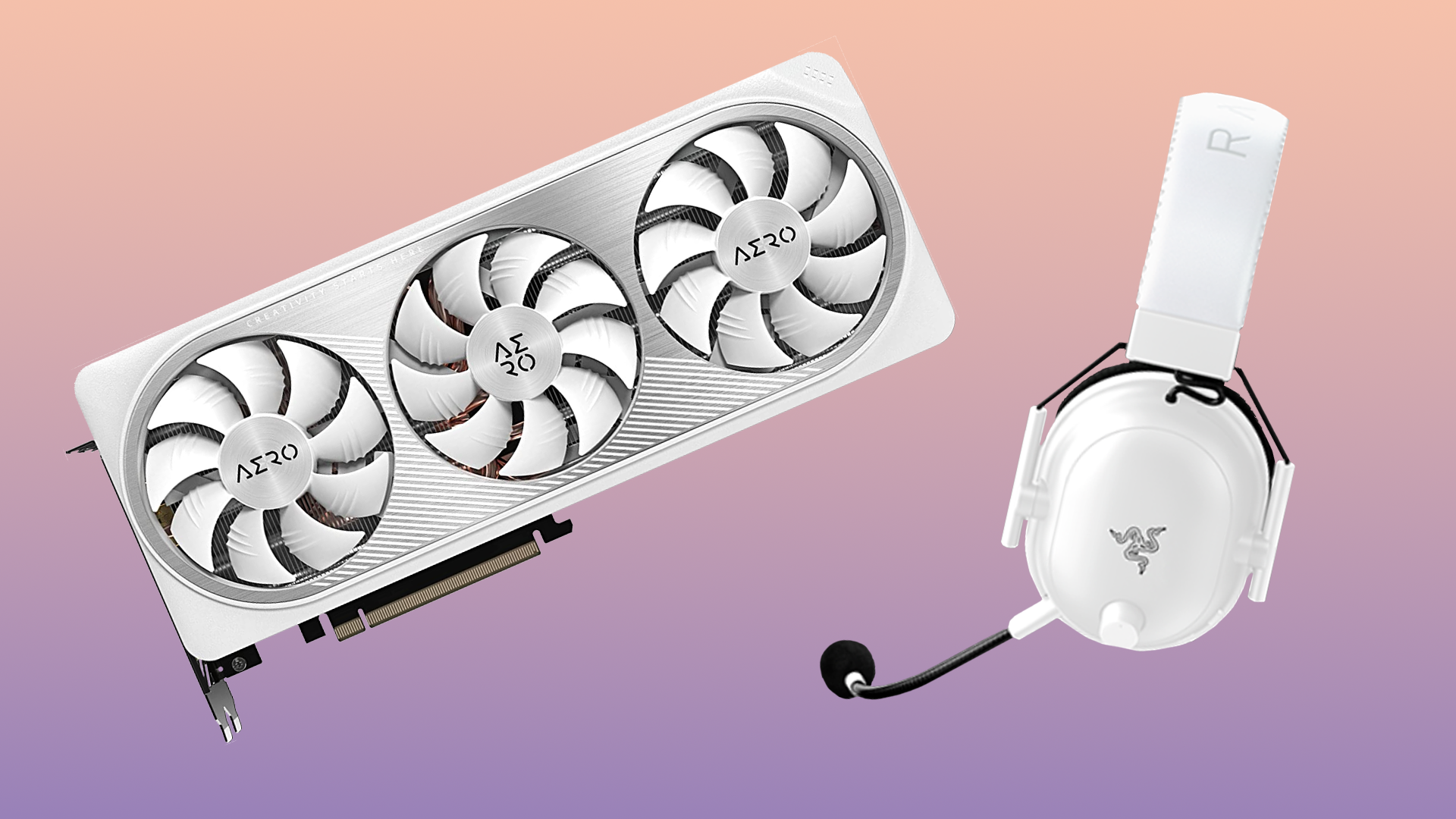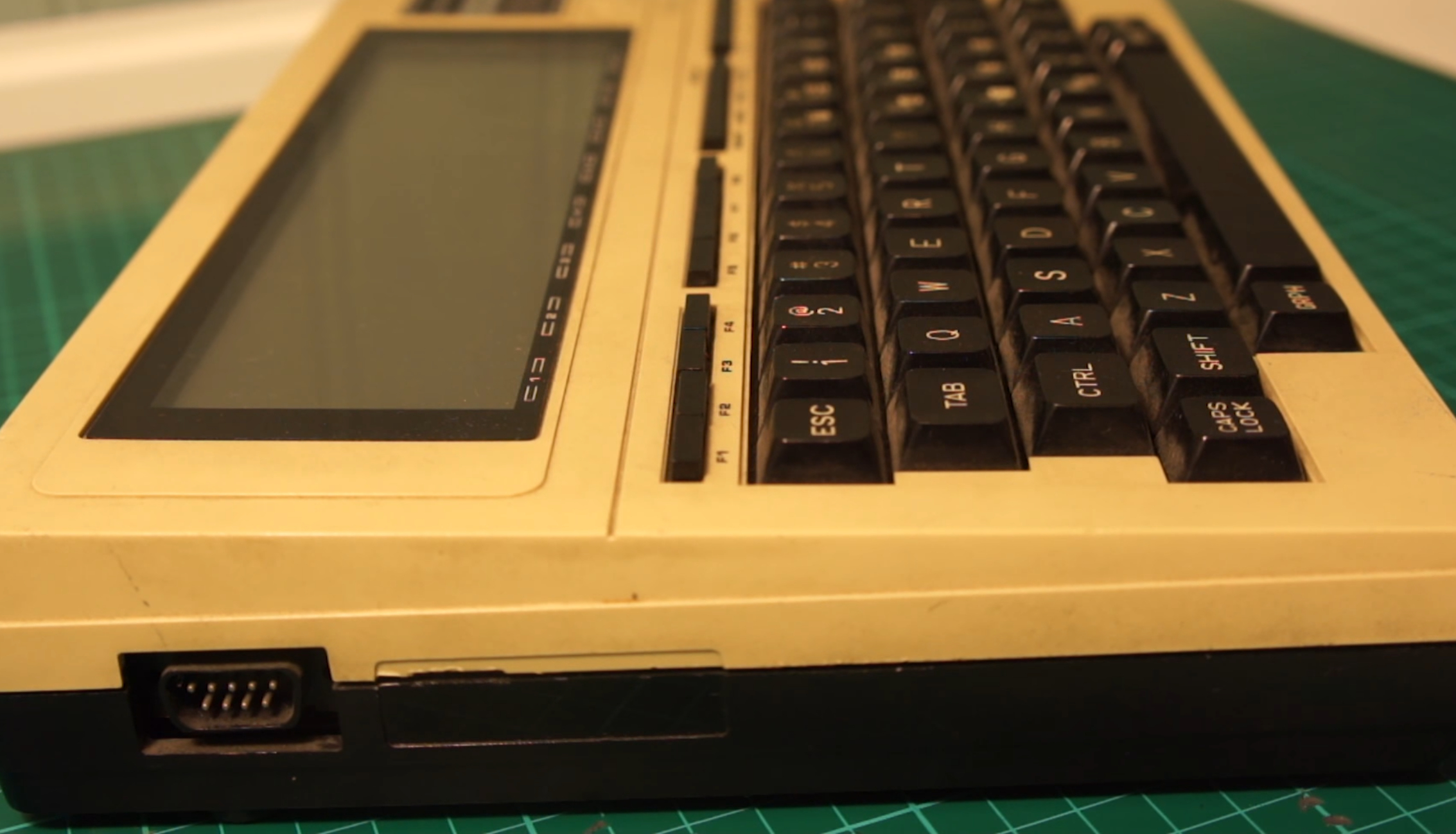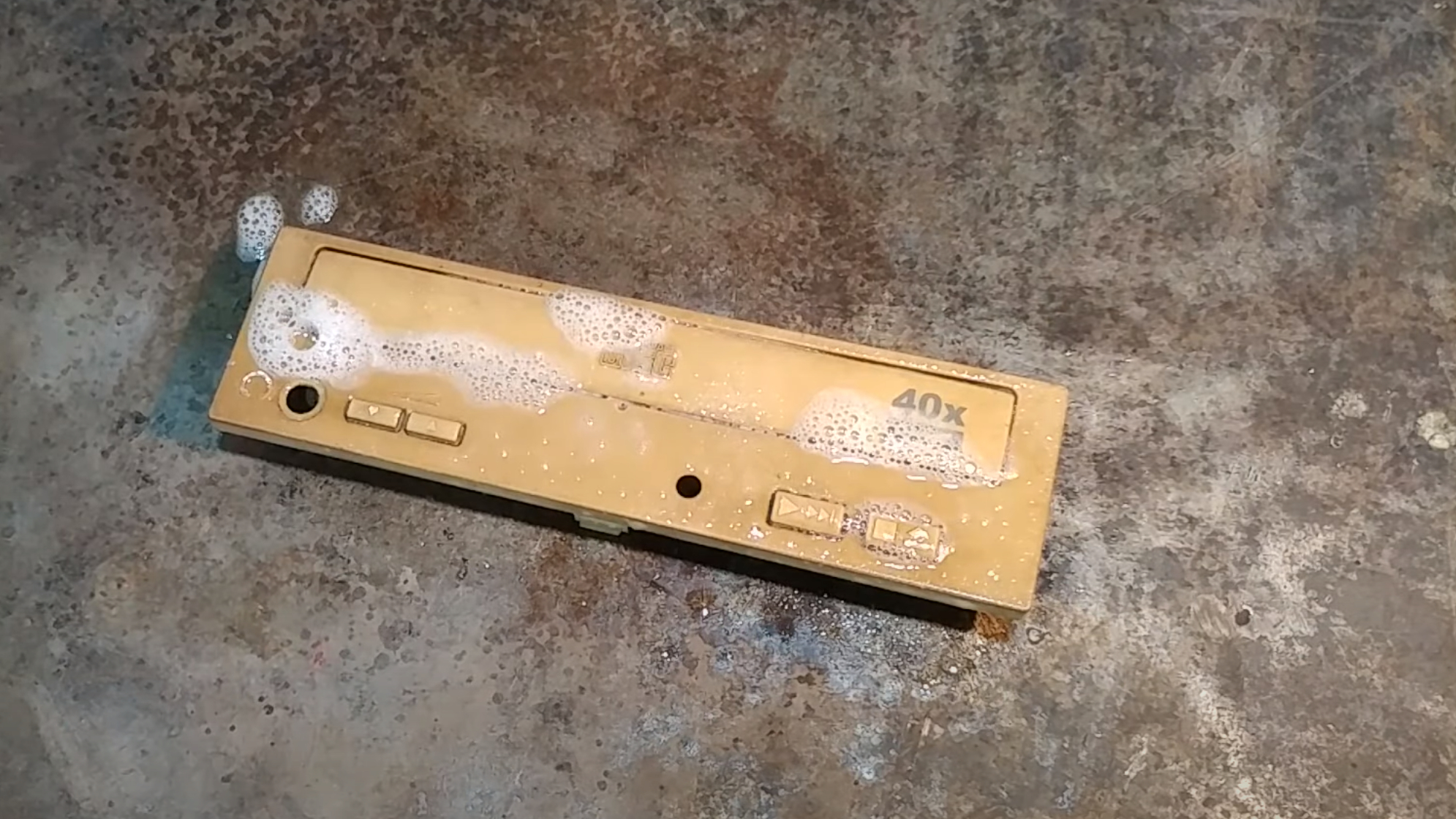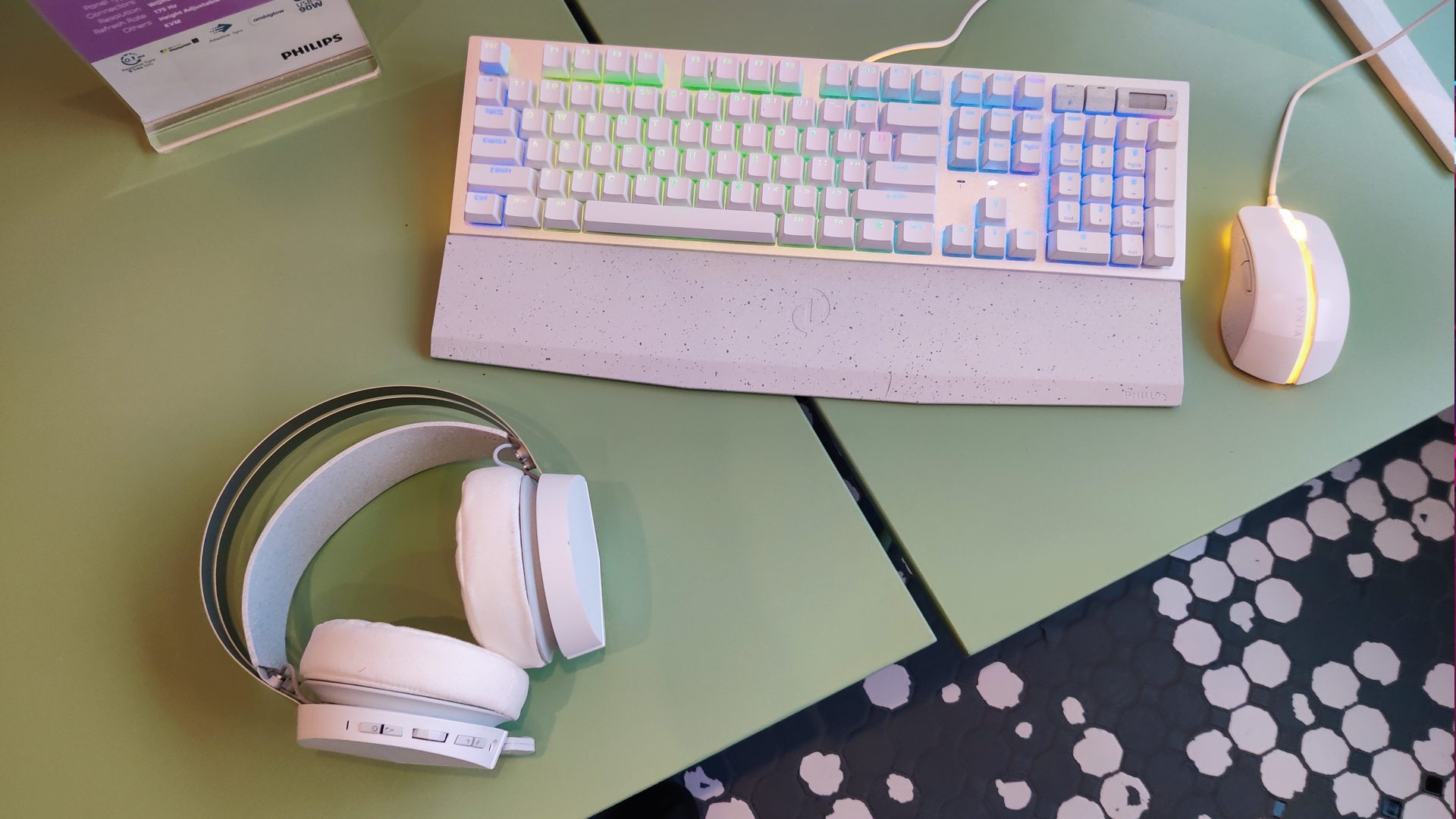

This week I have been mostly playing Project Zomboid.
My partner set up a server a while back, and despite the power and water now having switched off, our ragtag crew is up to their elbows in fish. Or they were until my fisherman got mauled to death—my car died in the middle of nowhere.
This month I have been mostly testing gaming chairs.
I'm currently looking at a genuinely affordable offering from Corsair, which is giving me hope for the future of cheap gaming chairs.
The snow queen inside me is a stickler for white gaming gear. Right now my rig is plastered with icy white gaming accessories, with incoming internal hardware to match. The issue is that, while all these goodies look fantastic in their white brilliance now, there's a very real fear that one day they'll turn a grim shade of yellow and end up looking like the kind of snow I really, really don't want to be associated with.
What kind of snow queen would I be then?
Over the past year I've had a chance to review some gorgeous white gaming gear. Aside from the Asus Prime Z370 motherboard I'd been harbouring from a previous build (yes, I've been building this one for some time), I'm now rocking a white NZXT Canvas gaming monitor, a Noblechairs Legend complete with white head cushion, and a white Logitech G502 X.
I'm just waiting for my wallet to allow me to buy a shiny new motherboard and CPU combo before I splash out on a white RTX 4080, icy AIO cooler, and some snow capped speakers.
Our Dave warned me when I started rounding up the peripherals, though. "Don't do it, Katie. Everything will end up yellow and nasty lookin'," he said, having experienced it first hand. I ignored him, of course, snowblind.
When I'd even inexplicably acquired a white BitFenix Nova Mesh PC case to match my setup, I couldn't very well go on with my neverending PC building quest without continuing the trend, could I? But now Dave's got me all worried about my PC parts yellowing, so I went off to figure out if there's anything I can do to retain their bleached brilliance, or whether manufacturers have changed the way they make things since Dave's yellow setup sadness.
Turns out, they have.
In plastics, yellowing occurs when polymer chains degrade. It's often put down to UV light exposure causing something called photodegradation or photo-oxidation. Something I'll have no issues with since I've always got the curtains closed in order to actually see whatever dark scene I'm playing. But it's not as simple as that.
PC gamers also have to be concerned with thermo-oxidation. As the name suggests, this process involves heat which causes the polymers to break down instead. It's a common issue, and as previous Philips associate LPD Lab Services explains, "Once initiated these processes can continue during the now shortened lifetime of the product."

A spokesperson for Noblechairs, which makes the bright white Legend gaming chair I'm using now, made it clear that they've "not seen or heard of any of our white chairs going yellow," though these chairs are still very new in the grand scheme of things. Still, they let me know that "the specific White Edition even has a coating for easier cleaning," and helpfully linked me to the cleaning kits available on Overclockers. Good hustle.
Noblechairs did also speculate as to how one might end up with a discoloured chair. "I imagine there are very specific circumstances [where] you can ruin the fabric, like prolonged heat exposure (near a radiator) but I'd hope no one would ever do that anyway!" Maybe I'll move my chair away from the radiator, then.
While there are a few methods for cleaning yellowed plastic, it's not always possible or practical for some components. As well, you might live in an exceptionally cold part of the world where sitting away from the radiator isn't an option. Or you might actually enjoy absorbing Vitamin D from the rays of that fiery ball of death we call the Sun.

When it comes to enamel painted components like PC cases and GPUs, the story is more complicated. Exposure to the sun can actually help to bleach the chromophores that cause yellowing over time. This is part of the reason white graphics cards are more rare, because unlike a PC case it's way less likely to be exposed to sunlight.
Autonomous, maker of our favourite luxury gaming desk in the best gaming desks guide, the SmartDesk Core, gave a little more insight on the manufacturing side.
"The discoloration can happen with other colour materials as well, not just white material; it's just most noticeable on white plastic materials." They went on to note that one way manufacturers tackle it is to "use substances or additives with high UV stability. From our team, one common additive which is widely used in producing plastic products is Zinc Oxide (ZnO)."
It's good to know Autonomous has our back when it comes to its desks, then.
Fractal, whose PC cases and fans tend to require the addition of fire retardant chemicals, tells me these same chemicals "often accelerate the yellowing process that occurs when the part is exposed to UV radiation." So it's a bit of a balancing act in that respect.
Of course, all that leads to higher costs, which Fractal notes is a "reason to go with a premium brand with an in-house design team when choosing a white product."

These kinds of treatments aren't the only thing upping the price of lighter coloured products, either. Cheap material choices and moulding methods can increase the chances of plastics staining, which is why we shill double-shot PBT over ABS keycaps, particularly in white.
Now it makes sense why for the top-end Philips Evnia range of gaming gear, as it likely costs more to manufacture.
So now you know what causes yellowing, and how manufacturers are trying to prevent it. At the end of the day, if you're concerned about discolouration it's probably best to go for a colour that's less susceptible to it.
I won't be handing in my icy sceptre any time soon, though. I'll just keep my plastic peripherals out of the sun and get some UV LED strips for the inside of my PC case. Job done. Though I'm sure my wallet won't thank me.







